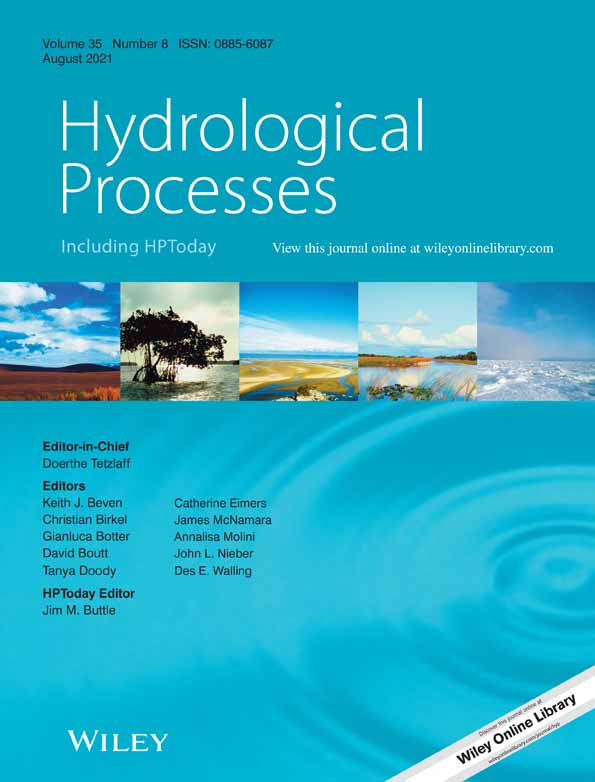Long-term ecosystem monitoring at Huntington Forest: Integrating hydrology, biogeochemistry and climatic controls on watershed processes
Abstract
Located in the Adirondack Mountains of northern New York State, Huntington Wildlife Forest (HWF) is a 6000-ha research and education facility operated by SUNY ESF (State University of New York, College of Environmental Science and Forestry) with continuous long-term monitoring (LTM) programs spanning over six decades. One of the ‘cradles’ of acid rain research in North America, HWF was in the first cohort of National Atmospheric Deposition Program (NADP) sites beginning in 1978. HWF is currently the only location (NY-20) in New York with the full suite of NADP programs in operation, including atmospheric mercury speciation (AMNet), along with EPA CASTNET. Nearby to NY-20 at HWF, Arbutus Lake and its forested watershed have been the focus of intensive LTM since installation of v-notch weirs at the lake outlet and inlet in 1991 and 1994, respectively. Discharge at these locations has been monitored continuously at 15-min intervals since 1999. Lake outlet water chemistry samples were collected starting in 1983. Weekly sampling of water chemistry at both weirs began in 1995 and was expanded to include two headwater streams and groundwater wells in 2007. More recently, LTM programs at HWF have been augmented by participation in the PhenoCam Network since 2008, collection of high-resolution LiDAR in 2009, and installation of a precision NY Mesonet weather station in 2016. In 2018, we installed sensor networks that continuously monitor soil microclimate and snow depth. Lastly, we improved data access via a new website (www.adk-ltm.org) where users can create custom queries and visualize outputs.
Open Research
DATA AVAILABILITY STATEMENT
In 2020, we initiated upgrades to our website and data infrastructure that involved the conversion of archived data from spreadsheet formats (i.e., flat files) to a relational database system (PostgreSQL 13.3; www.postgresql.org/). The new website maintains some features of the previous site (www.esf.edu/hss/em/huntington/index.html) familiar to users, such as real-time sensor feeds and data download capabilities, while updating the overall interface and building a new ‘back-end’ using a relational database. Overall this rebuild offers upgrades for website users, such as performing custom data queries/summaries, visually previewing queried data before download, and exporting data into multiple formats (including .csv). The new system also automates the flow of real-time sensor data into our HWF-LTM database, making these data more rapidly available for analysis (i.e., daily updates instead of quarterly).
Access to these datasets (Table 1) can be found at www.adk-ltm.org. At the time of publication, the core data related to watershed hydrology, water chemistry, and meteorology were available for query and download. We will be adding more real-time and archival HWF-LTM datasets to the site as they are processed for QA/QC and added to our database. Other datasets collected at HWF that were maintained by partners, such as NADP-NTN (atmospheric chemistry and deposition; http://nadp.slh.wisc.edu/) and NY-Mesonet (weather since 2016; www.nysmesonet.org/weather#network=nysm&stid=newc), were linked to their off-site sources. Forthcoming site updates will include real-time data feeds (e.g., stage height, weather conditions) and interactive tools for data visualization. Any data described in Table 1 that are not available upon visiting the site can be requested by contacting the corresponding author. We encourage those interested in HWF-LTM data and ongoing research to visit www.adk-ltm.org for regular updates.




